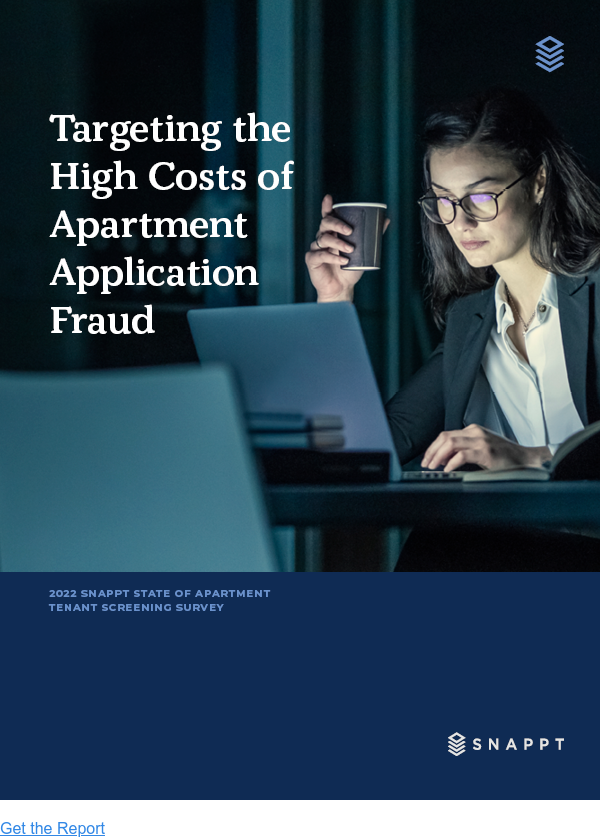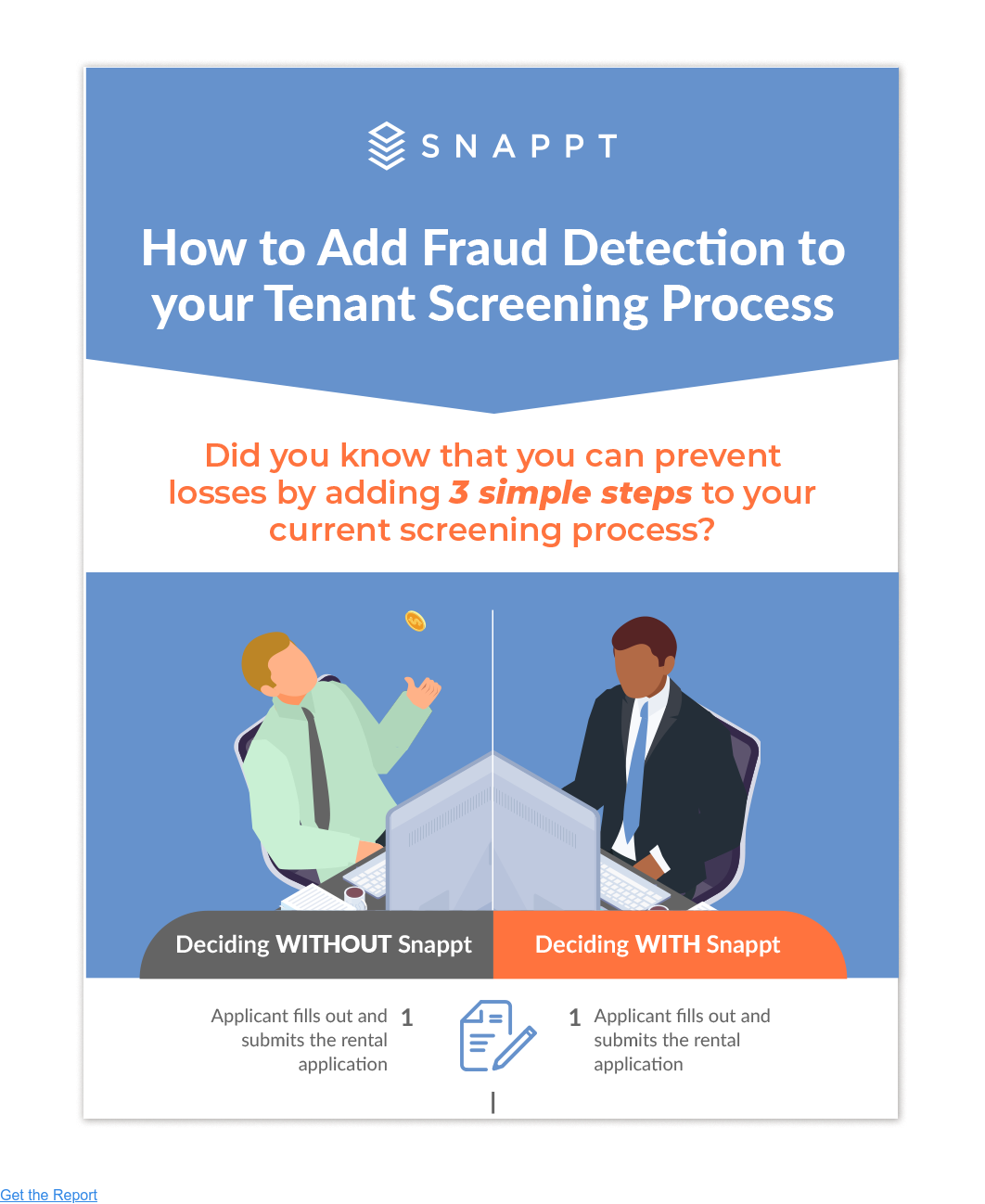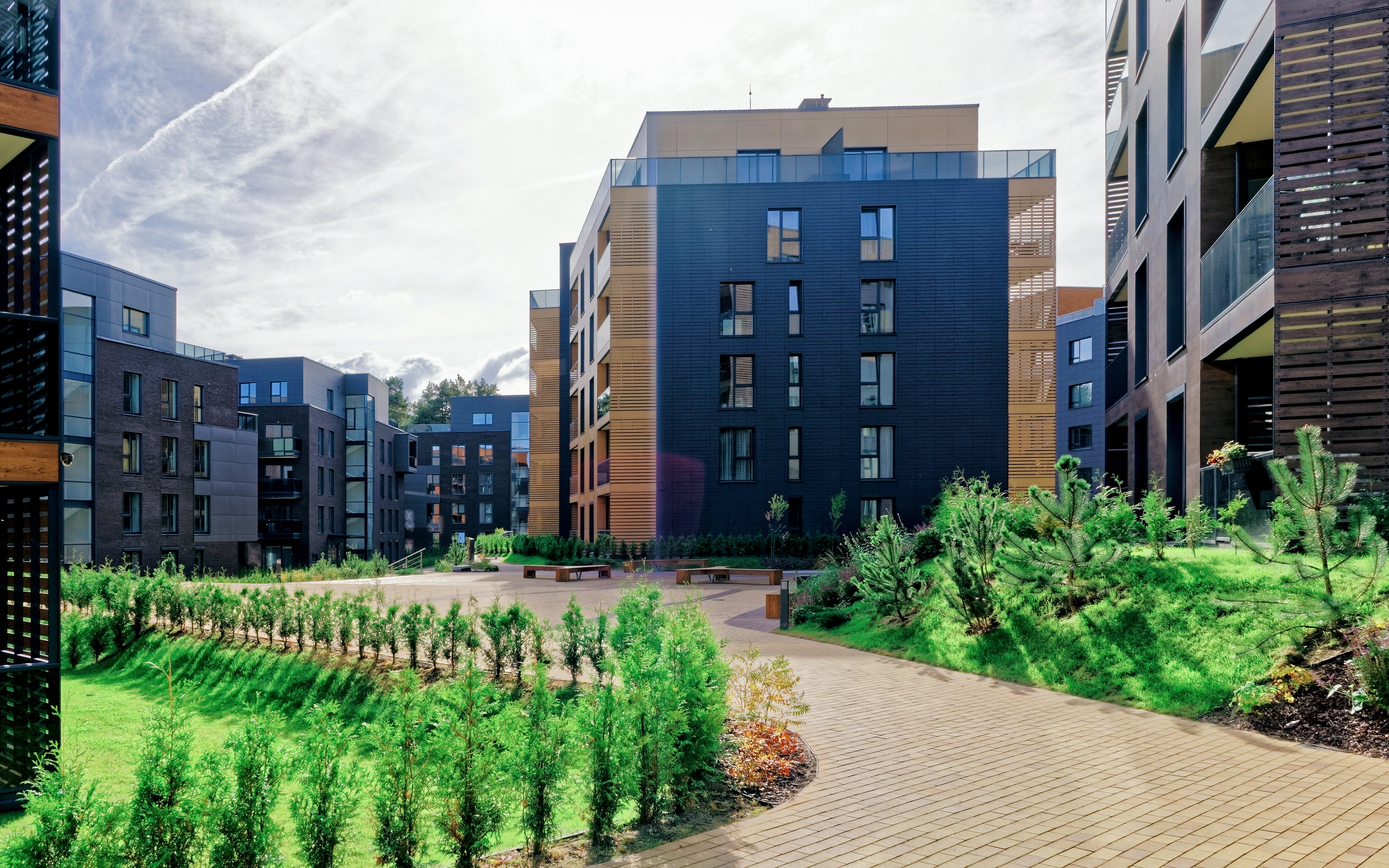Investors calculate their decisions to buy a property based on ROI. We’ll discuss what is ROI, its common formulas, what’s considered a good return, and how to maximize return on investment when buying a rental property.
What is ROI?
Return on investment (ROI) is a metric that helps investors, in general, mitigate risk and compare expenses versus income to see if the investment (in terms of profit) will be worth their time, money, energy, and risk. ROI is one of the metrics real estate investors use before they decide to purchase a rental property.
What is the ROI formula?
There are a few formulas for calculating ROI. This is the most common one:
ROI = Net Operating Income / Cost of Investment x 100
How to calculate ROI
The formula above is simple and easy to use. However, when you deal with real estate properties, take into consideration a number of different variables, such as:
- Tax fees
- Buyer/seller fees
- Repair/maintenance expenses
- Amount of money borrowed (including interest).
Therefore, this next formula is more commonly used by property investors:
ROI = (gain on investment - cost of investment) / cost of investment
You basically take the gain on the investment, minus the cost of the investment, then divide that number by the cost of the investment.
What is a good ROI for an investment property?
Anything below 7% is considered a poor return for a rental property, especially considering the stock market (S&P 500), under normal conditions, returns around 10% a year. Good ROI percentage for rental properties is anything around 10%, and an excellent deal will return you 12%-15%.
How to maximize your ROI when buying a rental property
Simply put, to increase your ROI from your rental property, you need to do four things:
- Make it great to live in
- Make prospective tenants aware it’s available
- Make sure you screen tenants to know they can afford to pay the rent
- Make tenants stay with you long and create a good relationship to maintain cashflow
1. Make sure people can move in tomorrow
Make it great to live in so it’s ready to move into before it’s marketed. Interiors are clean, painted walls are fresh, carpets smell good, and appliances are working properly. This will result in your property being vacant for a shorter period of time, which will maximize your ROI.
2. Market your property well
Market your property well, and sell its benefits, not its features. Instead of reporting the square footage in a boring manner, tell the tenant a story about how the roomy living room is great for their dog; how great it is to wake up there because of the way windows are facing the sun; and how time-saving the short walk is to the grocery store in the nearest plaza.
When marketing it, focus on the audience likely to rent it. Students, for example. Fundamentally, how you market your rental property will determine the quantity and quality of leads (your prospective tenants), therefore, directly affecting your ROI.
3. Screen tenants to know they're decent people
A bad tenant can cause maintenance and repair costs to go up, cashflow to become unpredictable due to consistent late rent—leading to lost time and money with a lengthy eviction process; and for your HOA to constantly argue with you—as an additional headache.
Screening and choosing qualified tenants are vital to maximizing the ROI from your rental property. Letting a bad tenant who lied on their application slip into your property is a mistake that’ll cause your ROI to sink. Carefully screen your tenants and make sure your screening process includes credit, income, eviction, and criminal checks. Most importantly: authenticate their application.
4. Maximize tenant retention
To maximize ROI for your rental property is to maximize the time tenants stay in your property. Try having faster internet speeds, or a beautiful outdoor space to retain tenants. Be proactive with lease renewals. And when tenants need stuff fixed, reply promptly and help quickly.











